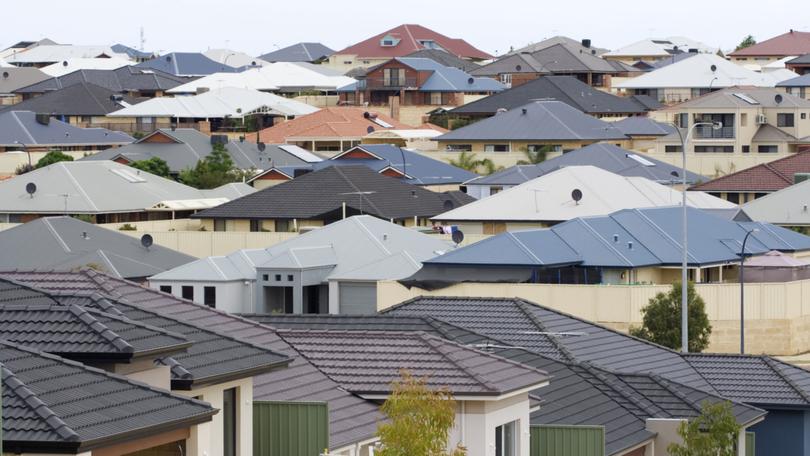Mortgage arrears increase in March quarter but S&P expects most borrowers will handle higher repayments

Mortgage arrears have ticked higher as high interest rates hit household budgets but leading analysts expect higher rents and property prices to largely inure homeowners.
Overall arrears, marked as those who are more than 30 days due on repayments, increased to one per cent in the first three months of this year, from 0.95 per cent in the December quarter, according to new analysis by S&P Global released on Wednesday.
It expects arrears increases will be modest at worst as forecasts suggest unemployment to remain low. Repayments have surged as interest rates have shot up as the Reserve Bank works to combat high and persistent inflation.
Sign up to The Nightly's newsletters.
Get the first look at the digital newspaper, curated daily stories and breaking headlines delivered to your inbox.
By continuing you agree to our Terms and Privacy Policy.S&P also reported the great refinancing move — sparked by mortgagees looking for a better deal on repayments as rates rapidly increased from record low levels in mid-2022 — was moderating, and most people on ultra-low fixed rates had made the switch.
Prepayment rates were also stabilising and competition in mortgage refinancing was likely to ease, S&P said.
Overall arrears rates are worst in the Northern Territory, at 1.22 per cent, WA, at 1.18 per cent and Victoria, at 1.13 per cent. In NSW, the rate is 1.05 per cent, with Tasmania lowest at just 0.6 per cent — fractionally above the record low national arrears level recorded in 2022.
Compared to this time last year, arrears have increased most in NSW and Victoria, but WA is the only State where arrears rates have improved, which S&P attributed to its stronger economic growth and higher property price gains. Perth dwelling prices have jumped 21.1 per cent in the year to April, according to analysts CoreLogic.
The 10 suburbs leading the worst performers list on arrears levels were Casula, in Sydney’s south-west, where almost 3.5 per cent of mortgages are in arrears. Second and third were Doreen and Craigieburn, on Melbourne’s outer northern fringe, at 2.74 per cent and 2.47 per cent, respectively, while Armadale in Perth’s south-eastern suburbs was fourth at 2.37 per cent.
Burnside in Melbourne’s outer west and Belimbla Park in Sydney’s outer west were the other postcodes with arrears rates above 2 per cent.
Also making up the top ten with arrears rates between 1.9 per cent and 1.95 per cent were Fountain Gate and Cranbourne in Melbourne’s south-east, Alison on the NSW central coast, and Point Cook in Melbourne’s west.
Investor arrears were highest in Sydney’s outer south-west, at 2.6 per cent, Melbourne’s north-west at 2.01 per cent, Sydney’s outer west and Blue Mountains and Parramatta regions, about 1.6 per cent each and Mandurah, just south of Perth, just below.
Also in the top 10 for investor arrears: south-west Sydney, inner south-west Sydney, Darwin, the North Sydney and Hornsby region and inner Perth.
S&P noted the higher proportion of investor arrears in Sydney may reflect larger loan sizes required for investment property there compared to other parts of the country.
But with inflation persisting, the report suggests rents will stay high as vacancy rates remain tight. This will bolster investors’ prospects of staying ahead of repayments.
“Given the high private ownership of rental stock in Australia, many investors also will be facing higher repayments on their home mortgages, in addition to general cost-of-living pressures,” the report stated.
“Property price growth will be helping to keep investor arrears low overall by granting a way out to investors who are more financially stretched, through voluntary sale of their properties.”
S&P noted most households that own additional properties in Australia were aged over 55 — at nearly 45 per cent compared to about 20 per cent each for 35 to 44-year-olds and 45 to 54-year-olds.
More than 60 per cent owned just one additional property, and about 20 per cent owned two. About 35 per cent are in the top 20 per cent of income.
